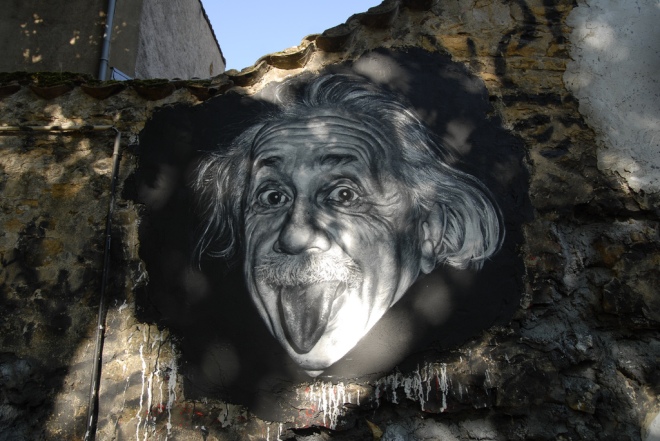
Albert Einstein once said:
The world is a dangerous place to live, not because of the people who are evil, but because of the people who don’t do anything about it.
There are many examples of when we’ve made our world a better place to live in. A bright page in our recent history was when our government finally said sorry for the injustices suffered by our Indigenous peoples. Reconciliation was brought about by Aboriginal and non-Aboriginal activists fighting together since the late 1950s. But what else could bring all Australians to action in 2015? It’s hard to ignore that our country is led by a sexist Prime Minister for Women, with an archaic stance on marriage equality:
the policy or action of using vigorous campaigning to bring about political or social change.
Notable activism movements include the 1963 March on Washington led by Martin Luther King Jr., which brought together 250,000 people who rallied for an end to racism in America. Compare this to the Tiananmen Square massacre of 1989, where 300,000 troops ended the calls for democracy in China:
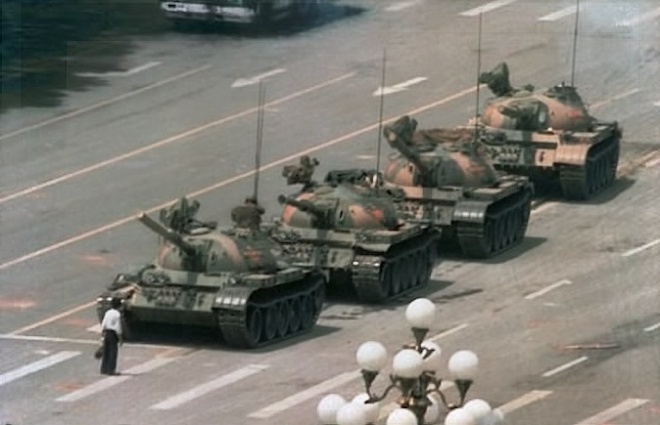
As with everything in our world, the Internet has evolved activism as well. Along with marching on the streets, we can instantly progress a movement amongst our social networks and the world. Internet activism is defined on Wikipedia as:
the use of electronic communication technologies such as social media, especially Twitter, Facebook, YouTube, e-mail, and podcasts for various forms of activism to enable faster communication by citizen movements and the delivery of local information to a large audience. Internet technologies are used for cause-related fundraising, community building, lobbying, and organizing.
I’m a left-leaning student, but I don’t like to push my political position on my friends. I’d prefer them to reach an understanding of where they exist on the political spectrum by themselves. During the Queensland elections, I shared the ABC’s Vote Compass on Facebook to help my friends cut through the biased content published by the local media and find their fit in the political landscape:
But my actions can also be categorised as ‘slacktivism’, defined by Oxford English Dictionary as:
Actions performed via the Internet in support of a political or social cause but regarded as requiring little time or involvement, e.g. signing an online petition or joining a campaign group on a social media website.
I don’t particularly agree with the pejorative term, I believe it discredits anyone who is looking to take action in causes they believe in. Just because I am active within my social networks doesn’t mean that I won’t continue to engage with traditional methods of activism, such as meeting with MPs:
Our Prime Minister dismisses social media as “kind of like electronic graffiti“, he’s unsurprisingly naive to how empowering technology can be.
#UmbrellaRevolution
When the Chinese government resumed the exercise of sovereignty over Hong Kong in 1997, Britain ensured that Hong Kong’s previous capitalist system and its way of life would remain unchanged for a period of 50 years. Its citizens were also promised universal suffrage; the opportunity to vote for their head of government known as the Chief Executive. The Chinese government decided to go against the agreement and vetted candidates for Hong Kong’s first direct elections in 2017. This led student groups and pro-democracy activists to mobilise large-scale acts of civil disobedience in Hong Kong’s CBD, at its peak attracting more than 100,000 protesters:
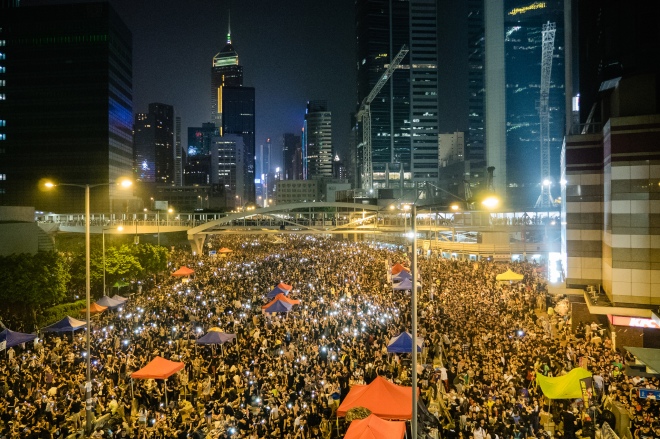
While these protests attracted the support of the United Nations, it wasn’t even seen as a major news event in mainland China. Searching for the term ‘umbrella revolution’ in mainland China on social media returned no results, as nothing gets past the Great Firewall. These protests even led to the Chinese government blocking access to Instagram completely.
Fortunately, the Great Firewall doesn’t censor the Internet in Hong Kong. Technology played a significant role in supporting the calls for democracy and the activists themselves, as technology can help:
- Shape public opinion
- Plan an action
- Protect activists
- Share a call to action
- Take action digitally
- Transfer resources
Messaging apps such as WhatsApp are prevalent in Hong Kong and were used to plan and coordinate the demonstrations. When police started to appear in riot gear, rumours started to circulate. Journalism student Lydia Sung said she was:
receiving a lot of information mainly through WhatsApp that the Peoples Liberation Army would become involved and that police were armed with long guns, rifles, real bullets, rubber bullets, whatever. I was so confused,
Later that night the Hong Kong police fired 87 rounds of tear gas on peaceful demonstrators, who used umbrellas to protect themselves from the teargas and pepper spray:
Facing the possible threat of the police cutting off access to the Internet altogether, almost half a million protesters downloaded FireChat. Unlike WhatsApp and other messaging apps, FireChat doesn’t require an internet connection for users to communicate. Instead, it uses a phone’s Bluetooth and Wi-Fi signals to connect it to other devices within a given range. Most messages sent on FireChat were reporting on what was happening in real-time. This included information on where the police were and what they were doing or calls for supplies like food and water.
To counter the misinformation that was spreading across these social networks, the same journalism student Lydia Sung created a Facebook page that would attempt to separate fact from fiction. LIVE: Verified updates consisted of a team of 25 with 15 student reporters on the ground filing reports late into the night. This act of citizen journalism is defined in an article on Social news, citizen journalism and democracy as:
a range of web-based practices whereby ‘ordinary’ users engage in journalistic practices. Citizen journalism includes practices such as current affairs-based blogging, photo and video sharing, and posting eyewitness commentary on current events.
Through social media, a country found its voice, defied its government and shared its movement to the world. Key economic areas of Hong Kong were occupied remained closed to traffic for over 70 days, However, this had a huge impact on those who were involved. The peaceful actions of the demonstrators led to 955 individuals being arrested and 221 activists hurt. Unfortunately the protests ended without any political concessions from the Chinese government. This is only one example of the power that social media has for activism and it can’t be discredited. I look forward to the next opportunity to utilise it – because any action is better than none.
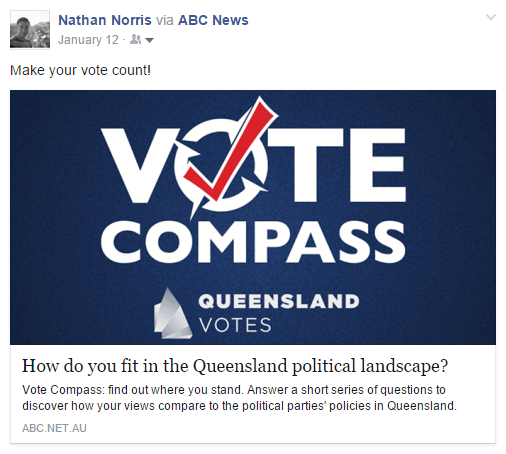
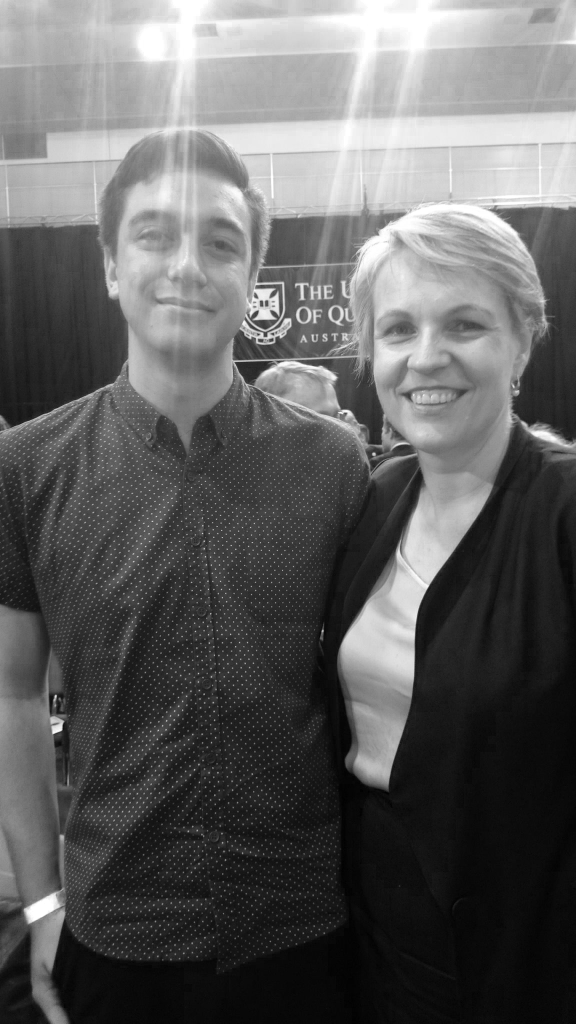
Loved this article, Nathan! It was a good history lesson, as well as very interesting. “…because any action is better than none.” Love that!
LikeLiked by 1 person